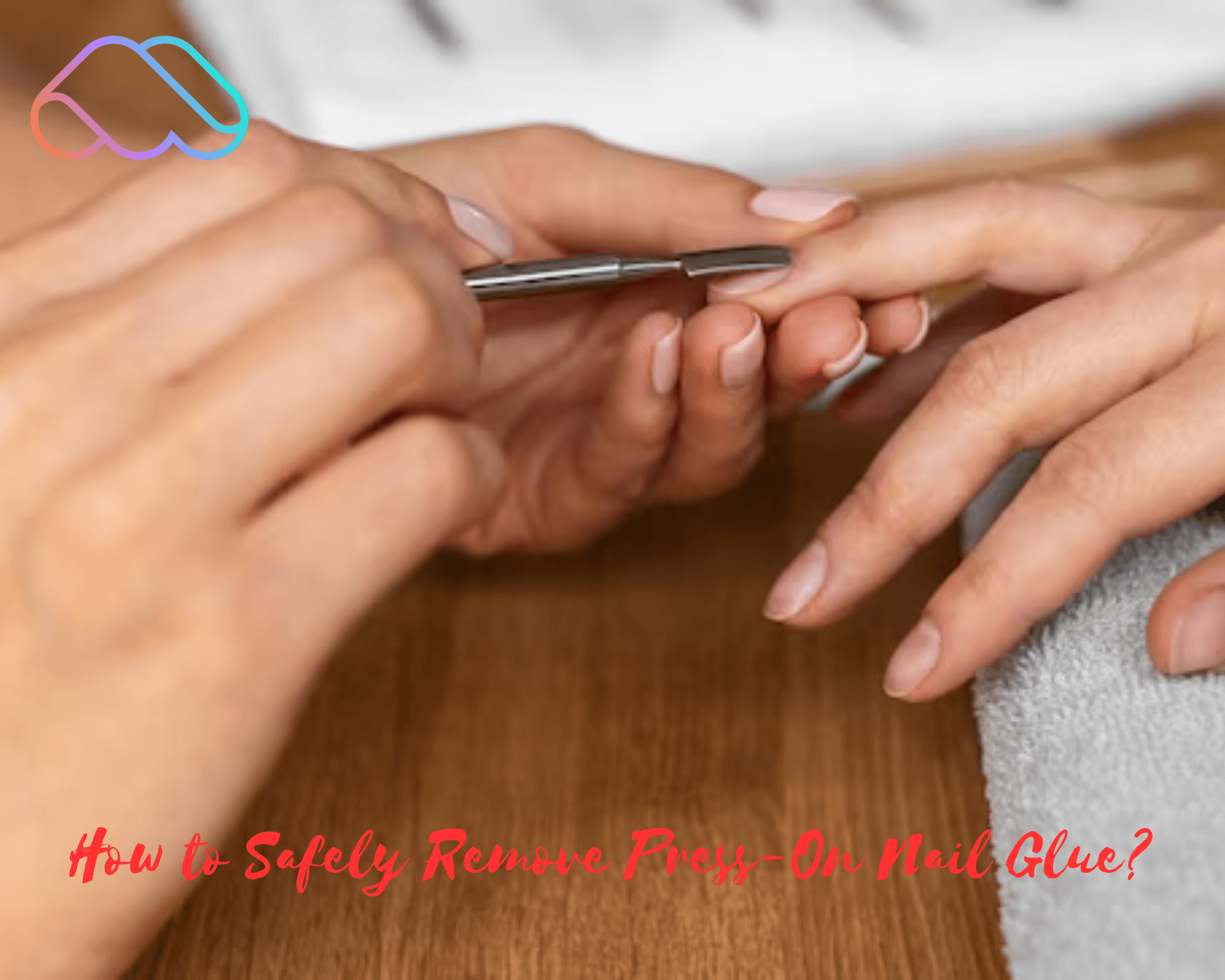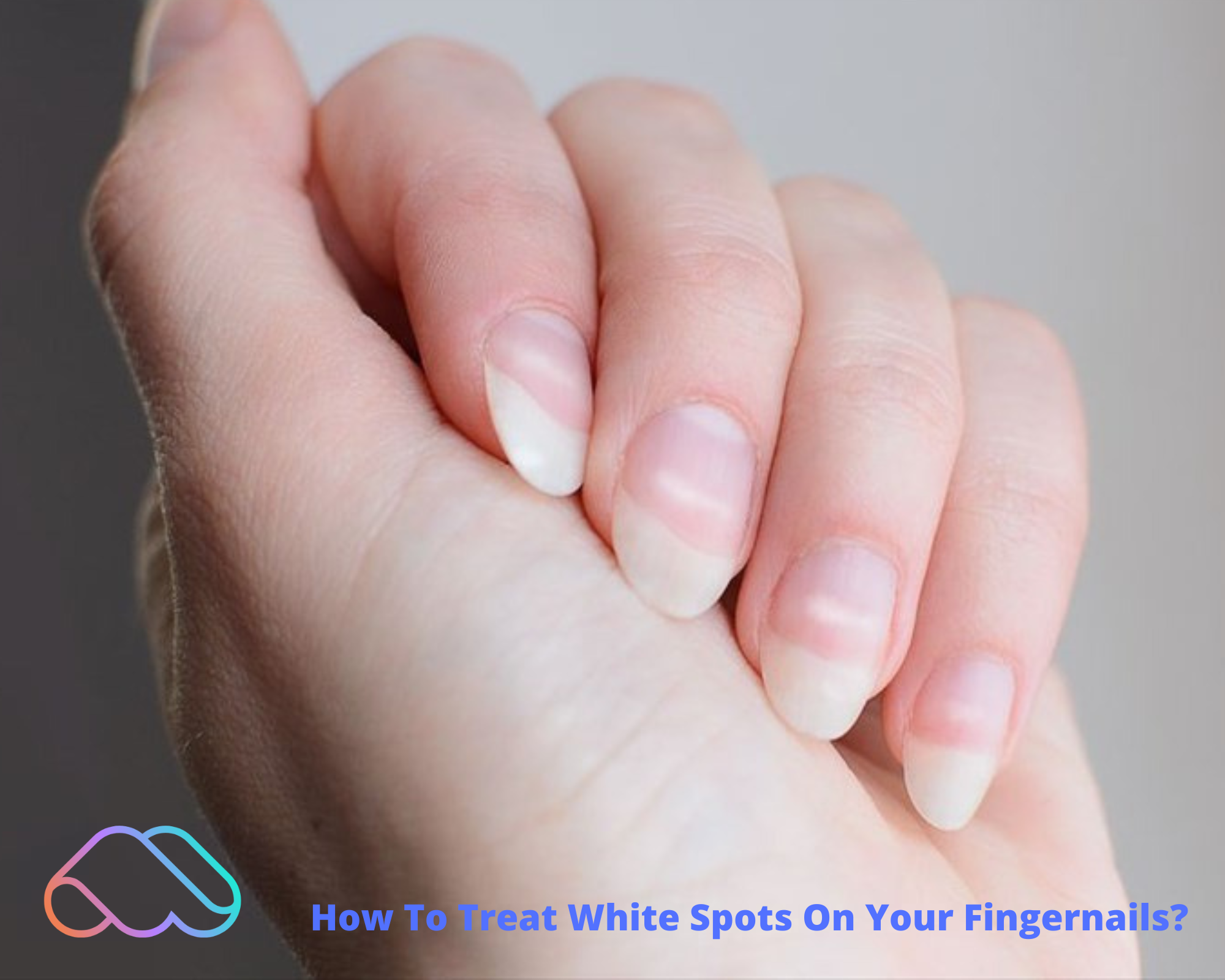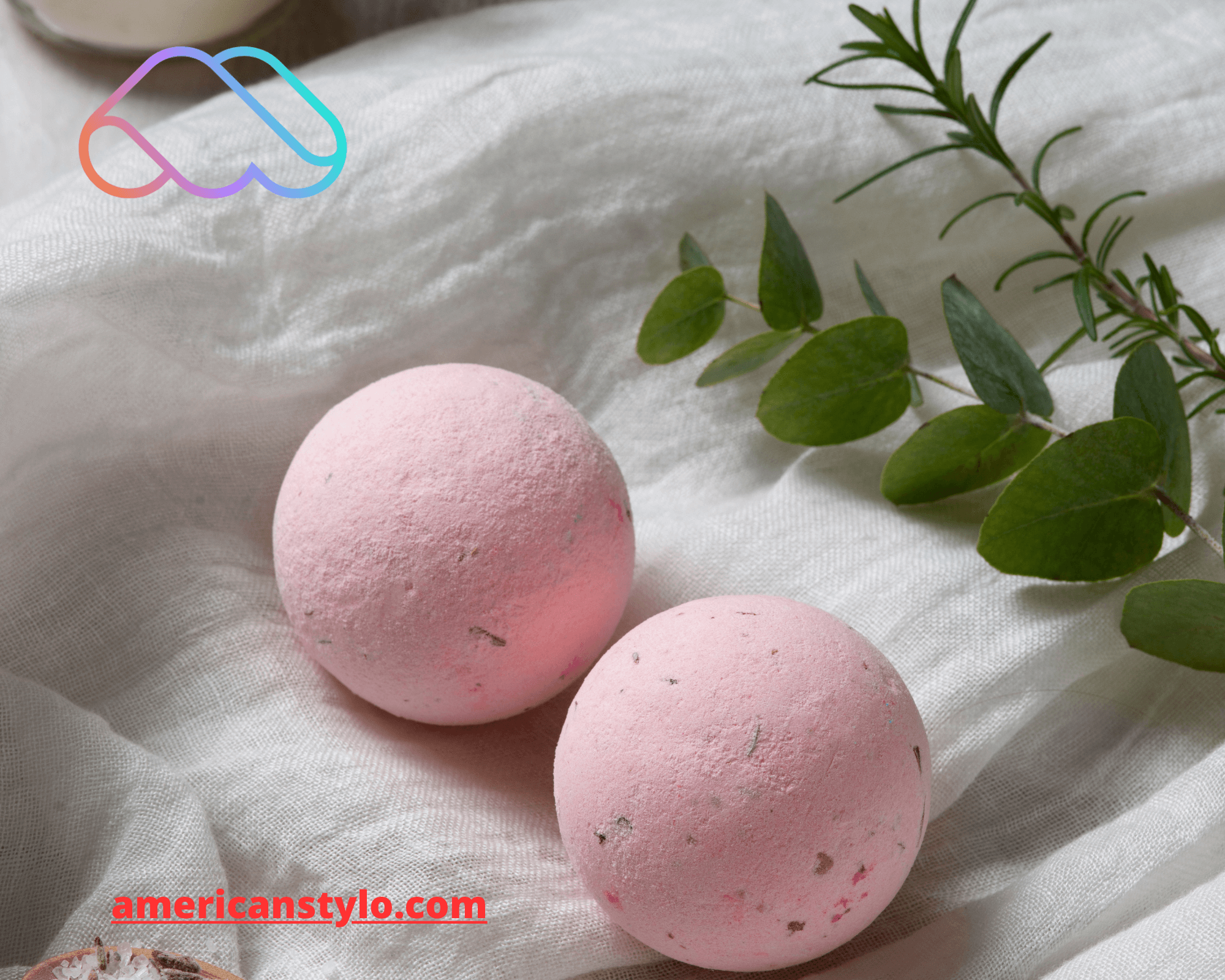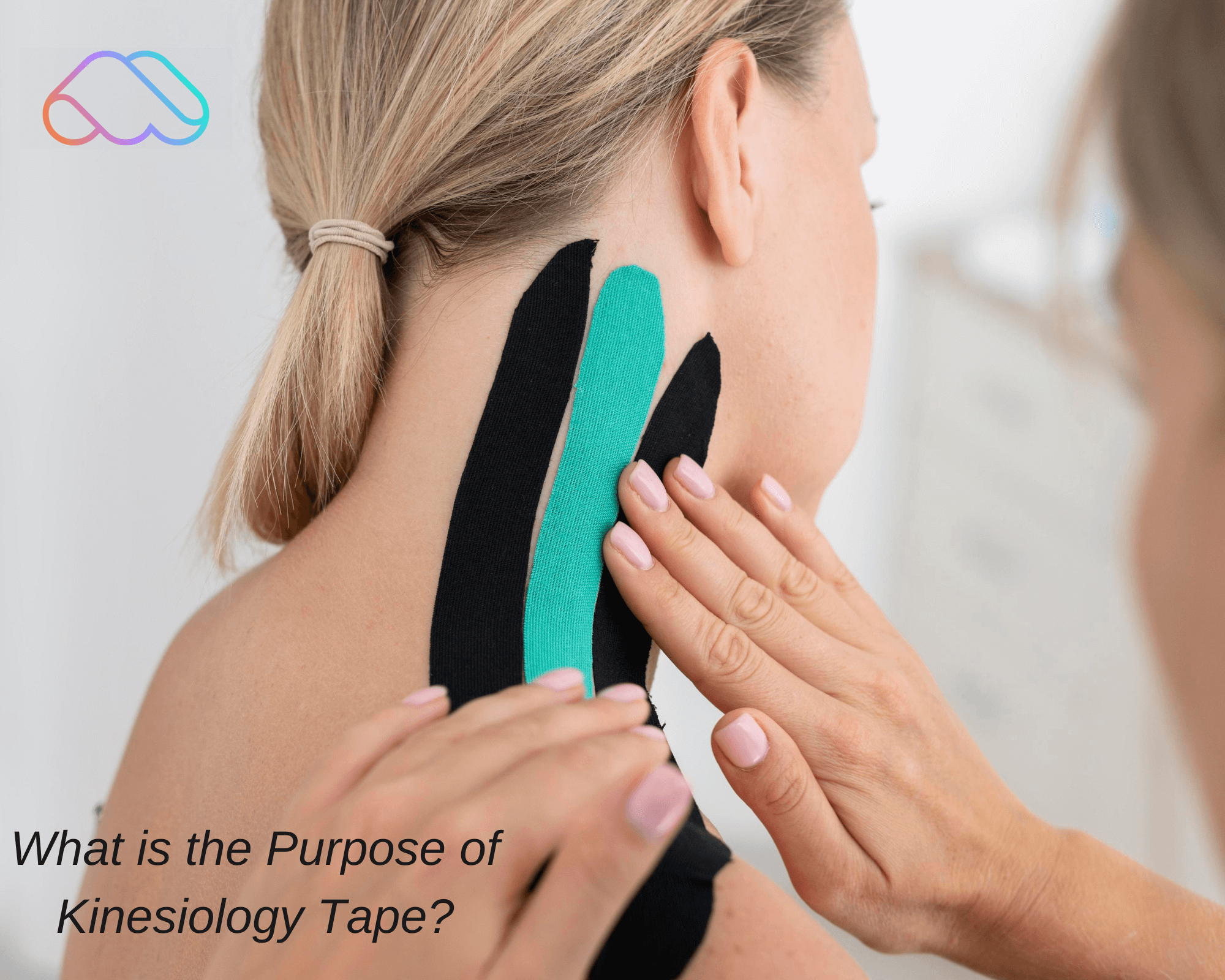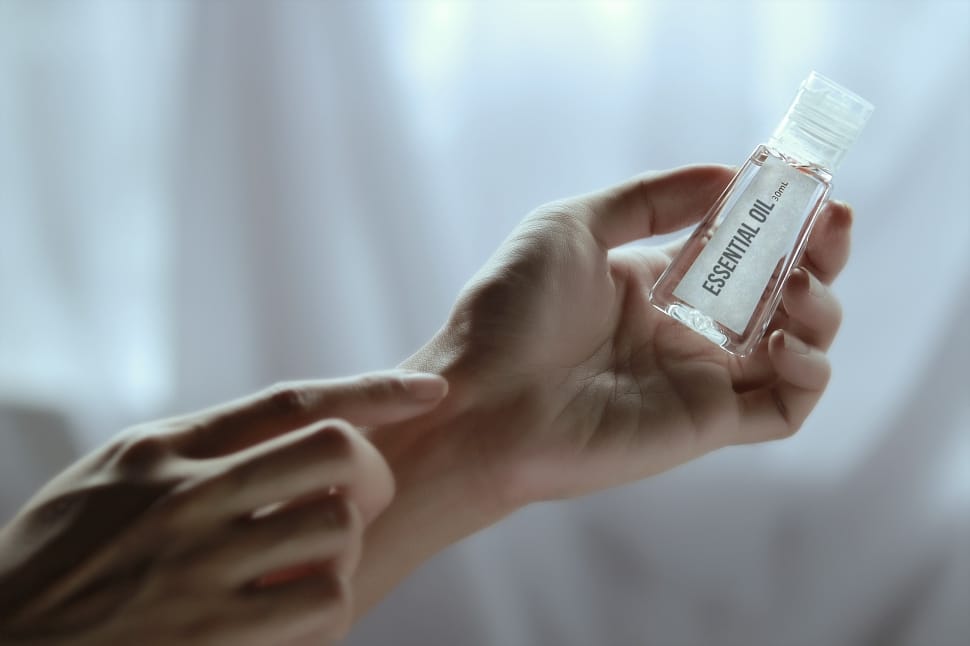
What are polygel nails?
How to Remove Polygel Nails? Polygel nails are a popular option for those who want strong and durable nails without the weight and damage that can come with traditional acrylic nails. The gel-acrylic hybrid formula provides a balance of strength and flexibility, while the UV curing process ensures that the nails are hard and long-lasting. Polygel nails can also be customized with different colors, finishes, and designs, making them a versatile choice for any occasion. However, it’s important to have them applied and removed by a professional to ensure proper technique and avoid damage to the natural nails.
Polygel nails are a relatively new trend in the world of nail art and care, gaining popularity for their long-lasting and unique style. Similar to acrylic and gel nails, polygel nails offer more freedom and creativity in shaping and designing nails. However, unlike these other nails, polygel nails are lighter and more flexible, making them less prone to breaking and more comfortable to wear. To keep your nails healthy and strong, it is important to understand how to apply and remove polygel nails correctly.

How to remove polygel nails at home?
There are few main options for removing polygel nails: acetone removal, nail file removal, e-file removal, and removal using oil and soap. Whichever method you choose, it is important to ensure that it is appropriate for the type of nail style you have and that you take care to avoid damaging the natural nail bed.
Acetone removal

Acetone removal is a popular and effective way to remove most types of nails, including polygel nails. To remove polygel nails with acetone, soak cotton balls in acetone and apply them to the nail before wrapping them in foil or clips and leaving them for around 10 minutes. Once the polygel has softened, it can be removed using a cuticle pusher, and the surface filed down if necessary. However, it is crucial to protect your skin and nails by applying lotion and cuticle oil afterward.
If you prefer a gentler method or do not have acetone available, you can use a nail file to remove the polygel from the surface of the nail. Using a file labeled with 100 or 120 grit, file away the top layer of the polygel in gentle motions, taking care not to file too deeply into the natural nail bed. Once the majority of the polygel has been removed, use a gentler file or buffer to remove the remaining polish from the surface of the nail. As with acetone removal, it is important to apply lotion and cuticle oil afterward to maintain nail health.

An electric file
Another effective option is e-file removal, which involves using an electric file to gently file away the polygel. This process is similar to using a nail file, but the use of an e-file allows for more precision and speed. However, it is important to be cautious when using an e-file, as it can cause damage to the natural nail bed if used incorrectly. It’s important to emphasize the importance of being gentle and avoiding any unnecessary pressure or contact with your natural nails. Additionally, it’s a good idea to take breaks if your fingers or nails feel tired or uncomfortable during the process. Remember to always prioritize the health and safety of your nails and cuticles.

Using oil and soap
Using oil and soap is still a great option for those who want a gentler method or have more sensitive nails. Additionally, it’s recommended to always test the oil and soap mixture on a small section of your nail first to ensure that you are not allergic or sensitive to any of the ingredients.
Overall, removing polygel nails using oil and soap is a gentler and safer alternative to acetone or nail drill removal methods. By following these steps, you can remove your polygel nails without causing damage to your natural nails.
In addition to choosing the right method for removing your polygel nails, it is important to understand the importance of removing them correctly. While polygel nails are less damaging to the natural nail bed than other types of nails, improper removal can still cause harm. Removing the nails too quickly or forcefully can result in thinning or weakening of the natural nail, making it more susceptible to damage in the future.
To prevent damage to your nails, it is important to follow proper removal procedures. If you choose acetone removal, be sure to apply cuticle oil and lotion afterward to prevent dryness and damage to the skin and nails. When using a nail file or e-file, take care not to file too deeply into the natural nail bed, and stop if you feel any pain or discomfort.
Polygel nails offer a unique and versatile option for those seeking a long-lasting and comfortable nail style. However, to maintain nail health and prevent damage, it is crucial to know how to apply and remove them properly. By following the appropriate removal method and taking care to protect the natural nail bed, you can enjoy the benefits of polygel nails without compromising the health of your nails.
In summary, polygel nails are a popular choice for those seeking a long-lasting and comfortable nail style. They are similar to acrylic and gel nails but offer more freedom and creativity in shaping and designing nails.


